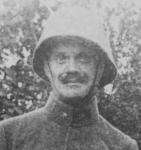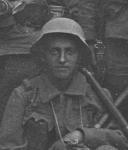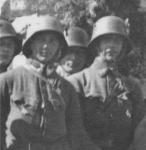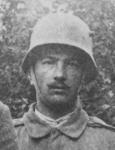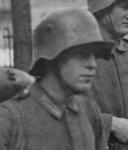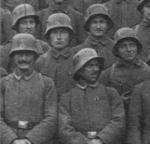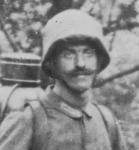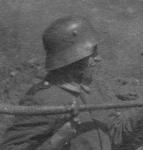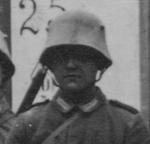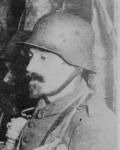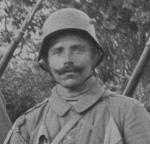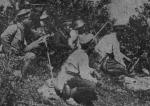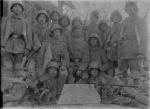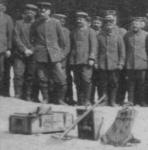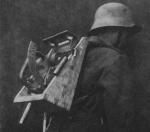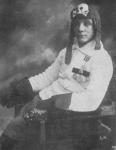
Thomas W
For Deletion-
Posts
788 -
Joined
-
Last visited
-
Days Won
3
Content Type
Profiles
Forums
Blogs
Gallery
Events
Store
Everything posted by Thomas W
-
For disruption. In other words, to break up the round shape of the helmet, which gives it away more easily to observers. The camouflage was intended to make the helmet appear to be made up of jagged pieces, which would hopefully pass for leaves, chunks of earth, or battlefield debris when seen by the enemy.
-
Photo taken from an album compiled by an officer in the American Field Service, the volunteer ambulance drivers who served in France. The handwritten caption on the back says "Percy Wannamaker and a French torpille (pronounced 'torpil.'). I took this in front of our second post at Constantine." Actually, it's a German Wurfgranate 16, for the grenade launcher we're discussing...
-
Weird photo that shows a grenade launcher on the right and its base plate in the foreground, with German and French helmets, ammo boxes and drums for the MG 08/15, a small propellant tank for flamethrowers, some kind of hose with an attachment on the end, and some kind of machinery with a framework made of metal rods. The handwritten message on the back says "Destroyed German machine-gun nest," but I don't know...
-
The entire flamethrower-pioneer rig for the Granatenwerfer 16, from left to right: a. crate containing 12 grenades, with a sandbag on a sling lying on top of the crate; b. grenade launcher in its wooden carrying frame; the pole leaning on the case is used to adjust the grenade launcher by pushing or pulling it along the ground; c. the launcher base plate, which has been severely chopped down in order to reduce weight. Each platoon of the Garde-Reserve-Pionier-Regiment was armed with one grenade launcher, for a total of three per company and 12 per regiment.
-
One mystery solved... I posted a photo of this guy somewhere in this massive thread. Turns out he was a 1920s circus performer named Gabdin Brons, who had a "Game of Death" and performed "death jumps" (high dives). That's why he wore Totenkopfen on his flying helmet and chest: http://cgi.ebay.com/...=item58825219b9 The guy who sold me the photo said it depicted some kind military man. Oh well... Let the buyer beware.

